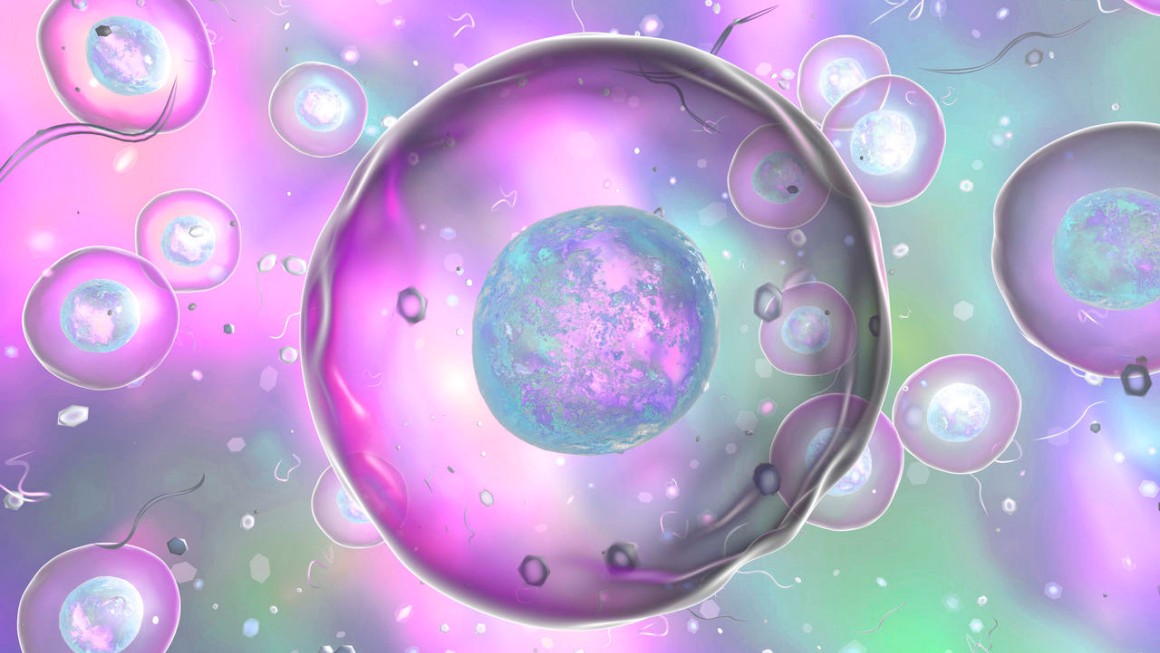As important biological lipids, sphingolipids play a variety of roles in cellular processes, including their being the key components in structural membranes. Ceramides, a subfamily of sphingolipids with unique biophysical properties, have attracted much attentions from researchers due to their important roles as second messengers in signal transduction processes. Most of the biophysical researches surrounding the effect of ceramides on membranes focuses on the C16:0 subspecies as they are relatively abundant in cells. The recent studies in lipidomics showed that C24:0 and C24:1, the ceramides with other N-alkyl chain lengths, play certain roles in many cell lines. Nevertheless, researchers are rarely interested in the study of the biophysical effects of these ceramides on multicomponent membranes which contain cholesterol.
The study of multicomponent membrane is particularly useful when referring to ceramides and cholesterol as they are tend to occupy the same spaces between the lipid acyl chains. The effects of these two lipids on the membrane are different, even though they may occupy the same space. The research team reported the effect of C24:1 sphingolipids in multicomponent bilayers which contain cholesterol and C16:0 sphingolipids. The stiffening effect of C24:1 sphingolipids was much lower than the C16:0 sphingolipids, and they could coexist in a single gel phase in some cases. The researchers thought that it might be attributed to the longer N-acyl chain or the presence of a C=C bond in the unsaturated C24:1 sphingolipid. They went into the study deeply using a series of biophysical techniques.
Using the differential scanning calorimetry (DSC), confocal fluorescence microscopy and atomic force microscopy (AFM), researchers studied the biophysical properties of C24:0 and C24:1 ceramides when interacting with a multi-component membrane containing DOPC:sphingomyelin:cholesterol plus 30 mol% of ceramide. Several interesting conclusions were reached after the study. C24:0 SM and ceramide act similarly to their shorter chain ceramides regarding phase separation, membrane stiffening and increasing transition temperatures. However, these lipids have some interesting characteristics which may affect the biological conditions, such as the bilayer instability generated from the combination of the 24:0 and 24:1 sphingolipids, the unusual discrepancies between GUV-AFRM experiments and the exotherms that appeared in some thermotropic transitions. In addition, C24:1 SM is a key factor in the distribution of C24 and C24:1 ceramide when they are in the membrane, and membranes accommodate 24 ceramide more effectively than C16 ceramide in the existence of C24:1 sphingolipids. The study took several steps to better understand the formation of membrane platform in the context of sphingolipid-based signaling cascades.




